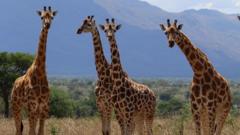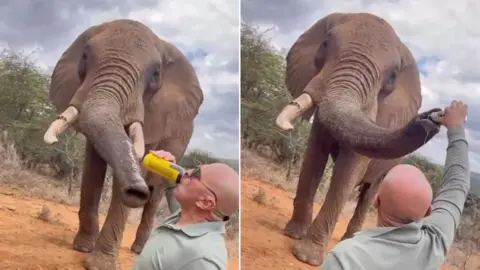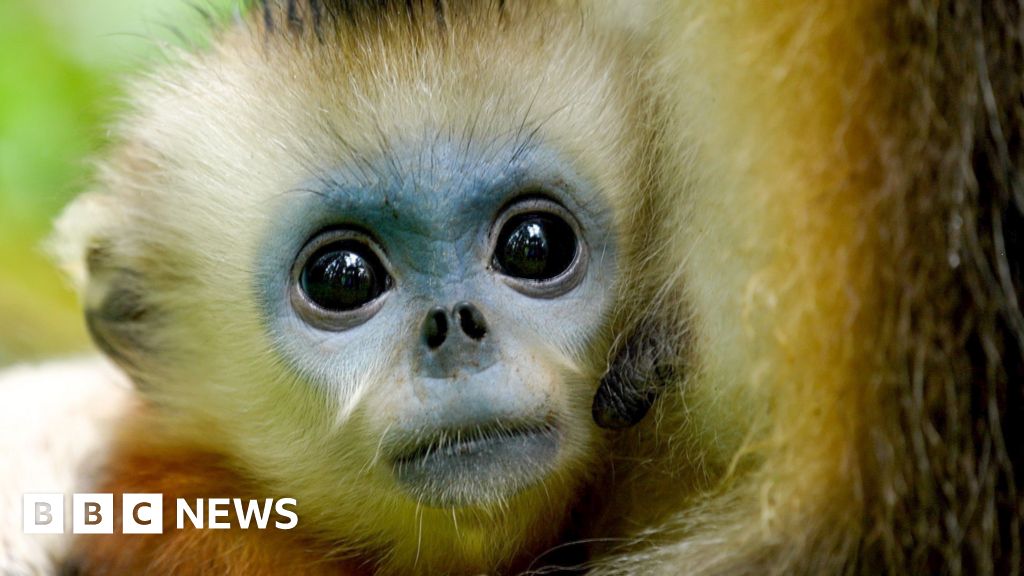A groundbreaking study from the International Union for Conservation of Nature (IUCN) has officially recognized four distinct species of giraffe, challenging the long-held belief that they constitute a single species. This classification emerges from an extensive examination of genetic diversity and physical characteristics, providing new insights into the conservation needs of these majestic creatures that roam the African continent.
Historically, researchers have suggested the existence of multiple giraffe species, but this latest assessment delivers a definitive classification. Scientists embarked on their research by meticulously analyzing skull sizes and head shapes, identifying enough genetic variation to distinguish them into four distinct groups. The study also took into account Africa's diverse natural landscapes, such as deserts, rivers, and valleys that may have isolated these populations over millions of years, facilitating their independent evolution.
The newly recognized species include the Southern giraffe, which inhabits regions across South Africa, Angola, and southern Botswana, among other areas. This species has been physically separated from others by geographical features like the Kunene and Zambezi rivers.
Next is the Reticulated giraffe, found in the savannas and wooded grasslands of Kenya, Somalia, and Ethiopia. Researchers speculate that natural barriers, including the Tana River and mountain ranges in Ethiopia, have kept this species distinct from its counterparts.
The Northern giraffe occupies western Ethiopia, central and western Kenya, and parts of South Sudan and Uganda. Its migration patterns and geographical separations, including the Nile River and Lake Victoria, have contributed to its classification as a separate species.
Lastly, the Masai giraffe, easily recognizable due to its unique leaf-patterned coat, resides in Kenya, Tanzania, and Uganda. Its distinct design, while visually marking it as separate, has shown significant variety even within populations, complicating the notion of species distinction.
The IUCN emphasizes that understanding these genetic differences is crucial for effective conservation and management. Co-author Michael Brown asserts, "The more precisely we understand giraffe taxonomy, the better equipped we are to assess their status and implement effective conservation strategies." Previously categorized as a vulnerable species, the IUCN will now conduct a reevaluation of these four recognized giraffe species and their respective sub-species, aiming for enhanced conservation measures to protect these iconic animals.





















